Ultrafast & Terahertz Photonics Group
|
Ultrafast optical techniques provide powerful probes of different states of matter, using light pulses that have femtosecond duration. In Warwick our activities span a number of areas:
|
Group facilitiesThe Group has labs across the campus, in the main Physics building, Materials and Analytical Sciences, and Millburn House. Read more about our experimental capabilities in terahertz science and technology. We also run the Warwick Centre for Ultrafast Spectroscopy Research Technology Platform. 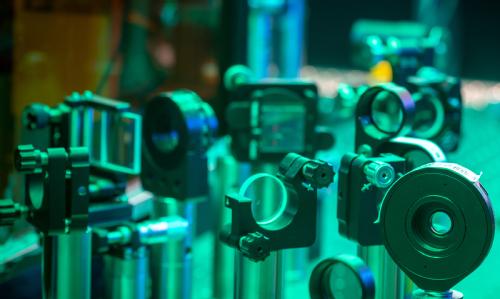
We make use of a wide range of Warwick's excellent materials analysis equipment, including X-ray diffraction, Raman spectroscopy, electron microscopy and magnetometry. |
Join the group!Please get in touch if you are interested in a PhD or MSc by Research in the group. We have two funded PhD projects available for 2024 start: with Dr Adam Wright on polaritons in perovskite solar cell materialsLink opens in a new window, and Prof. Emma MacPherson on THz robotic probes of skin cancerLink opens in a new window. 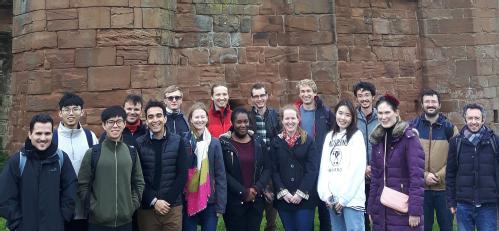
Group, Theses & PhotosContact details for our current group members and our photo gallery. For recent theses from the group, please see here. |
Research areas
Nanomaterials
We use pump/probe spectroscopy to study how light and matter interact on femtosecond to nanosecond timescales. Using visible probes we can track electronic processes, while infrared radiation lets us study vibrational states of molecules and atomic-scale defects in semiconductors.
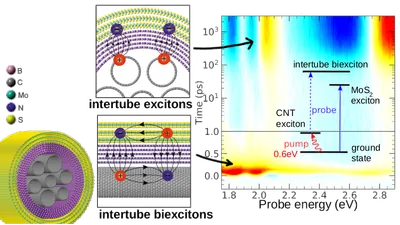
Recent papers:
The 3237 cm−1 diamond defect: Ultrafast vibrational dynamics, concentration calibration, and relationship to the N3VH0 defect
High-bandwidth perovskite photonic sources on silicon
Terahertz medical imaging
Performing in vivo studies of the THz properties of skin is a major initiative in the group, supported by the EPSRC Terabotics Programme GrantLink opens in a new window. We develop robust measurement protocols and test them on a statistically significant number of patients, cross-checking with other methods.
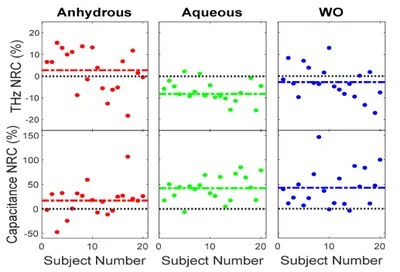
Recent papers:
Terahertz probe for real time in vivo skin hydration evaluation
Spectroscopic insight on impact of environment on natural photoprotectants
The 2023 terahertz science and technology roadmap
Semiconductors and Energy materials
A major strand of our research is to improve our knowledge of the fundamental science underpinning new semiconductor materials, such as metal-halide perovskites, which are often attractive for photovoltaic applications.
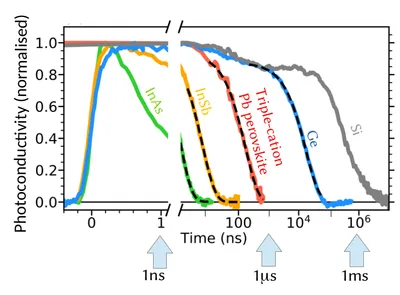
Recent papers:
Terahertz Emission via Optical Rectification in a Metal-Free Perovskite Crystal
High-bandwidth perovskite photonic sources on silicon
Resolving the Ultrafast Charge Carrier Dynamics of 2D and 3D Domains within a Mixed 2D/3D Lead-Tin Perovskite
Terahertz components, methods and techniques
We develop new THz devices and integrate them into novel systems designs that can perform THz imaging and THz spectroscopy faster, and with increased capabilities (e.g. polarisation control; robot-controlled probes).
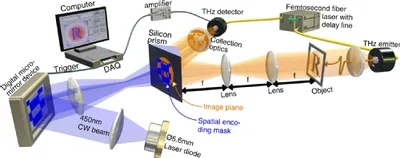
Recent papers:
Simultaneous measurement of orthogonal terahertz fields via an emission multiplexing scheme
Optimum Optical Designs for Diffraction-Limited Terahertz Spectroscopy and Imaging Systems Using Off-Axis Parabolic Mirrors
The 2023 terahertz science and technology roadmap
Recent publication highlights [filter by topic: view all | highlights | THz | perovskites | nano | biomedical]
In-line evanescent-field-coupled THz bandpass mux/demux fabricated by additive layer manufacturing technology
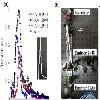
A. I. Hernandez-Serrano, S. J. Leigh and E. Pickwell-MacPherson
OSA Continuum 3, 2407 (August 2020)
Broadband amplitude, frequency, and polarization splitter for terahertz frequencies using parallel-plate waveguide technology
A. I Hernandez-Serrano, D. M. Mittleman and E. Pickwell-MacPherson
Optics Letters 45 1208 (Feb 2020) [ pdf ] [ ref ]
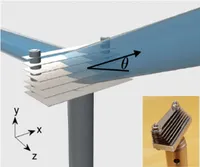 In this Letter, we report a broadband frequency/polarization demultiplexer based on parallel-plate waveguides (PPWGs) for terahertz (THz) frequencies. The fabrication and experimental validation of this polarization sensitive demultiplexer is demonstrated for the range from 0.2 to 1 THz. Upgrading the demultiplexer by adding a second demultiplexer stage, a fifty-fifty amplitude splitter is also demonstrated in the same frequency range. The multiplexer is based on a stainless-steel traveling-wave antenna, exhibiting strong mechanical robustness. This unique device exhibits three splitting mechanisms in the same device: amplitude, polarization, and frequency splitting. This is a significant improvement for the next generation of THz passive components for communication purposes.
In this Letter, we report a broadband frequency/polarization demultiplexer based on parallel-plate waveguides (PPWGs) for terahertz (THz) frequencies. The fabrication and experimental validation of this polarization sensitive demultiplexer is demonstrated for the range from 0.2 to 1 THz. Upgrading the demultiplexer by adding a second demultiplexer stage, a fifty-fifty amplitude splitter is also demonstrated in the same frequency range. The multiplexer is based on a stainless-steel traveling-wave antenna, exhibiting strong mechanical robustness. This unique device exhibits three splitting mechanisms in the same device: amplitude, polarization, and frequency splitting. This is a significant improvement for the next generation of THz passive components for communication purposes.
Scalable interdigitated photoconductive emitters for the electrical modulation of terahertz beams with arbitrary linear polarization
C.D.W. Mosley, M. Staniforth, A. I. Hernandez Serrano, E. Pickwell-MacPherson and J. Lloyd-Hughes
AIP Advances 9, 045323 (Apr 2019) [ pdf ] [ ref ]
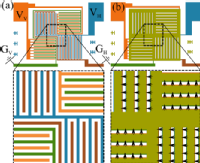 A multi-element interdigitated photoconductive emitter for broadband THz polarization rotation is proposed and experimentally verified. The device consists of separate pixels for the emission of horizontally and vertically polarized THz radiation. The broadband (0.3–5.0 THz) nature of the device is demonstrated, and the polarization angle of the generated far-field THz radiation is shown to be readily controlled by varying the relative bias voltage applied to the horizontally and vertically emitting pixels. The device is scalable in design, and with its simple method of polarization rotation it allows the modulation of the generated THz polarization at rates significantly faster than those achievable in ellipsometry systems based on mechanically rotating components.
A multi-element interdigitated photoconductive emitter for broadband THz polarization rotation is proposed and experimentally verified. The device consists of separate pixels for the emission of horizontally and vertically polarized THz radiation. The broadband (0.3–5.0 THz) nature of the device is demonstrated, and the polarization angle of the generated far-field THz radiation is shown to be readily controlled by varying the relative bias voltage applied to the horizontally and vertically emitting pixels. The device is scalable in design, and with its simple method of polarization rotation it allows the modulation of the generated THz polarization at rates significantly faster than those achievable in ellipsometry systems based on mechanically rotating components.


